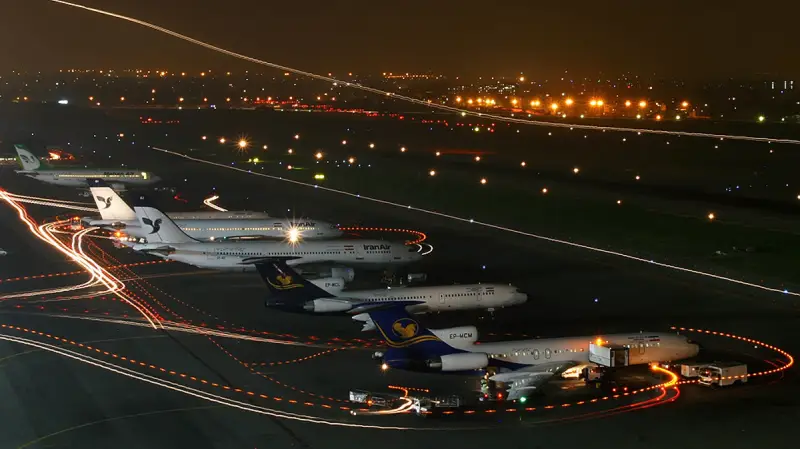In modern aviation hubs, effective airport lighting and interior lighting play a crucial role in ensuring the comfort, efficiency and safety of passengers and staff. Airports require highly efficient and effective lighting solutions that are capable of providing uniform illumination while maintaining aesthetic appeal.
What is airport lighting?
Airport lighting refers to a set of systems, lights, and equipment used to guide and protect aircraft at airports. These systems include:
- Runway lights
- Taxiway lights
- Position indicator lights
- Beacon lights
- Interior lighting systems
Airport Lights
Airport lights play a vital role in the safety and guidance of aircraft. They help pilots navigate in a variety of conditions, including night and bad weather. Here are some of the main types of airport lights:
Runway Edge Lights:
These are lights that are installed on the sides of the runway and mark the left and right edges of the runway. Each light is spaced 200 feet apart and their light color is primarily white. These lights are yellow for the last 2,000 feet of the runway to let pilots know that they are approaching the end of the runway.
Runway Threshold and End Lights:
The beginning of the usable portion of the runway is marked by a row of green threshold lights. Red lights mark the end of the runway.
Runway Identification Lights (REILs):
To further highlight the start of the runway, two very bright flashing lights are installed on either side of the runway threshold. These lights are bright and can be seen from miles away in good weather. These lights are visible even when the aircraft is cruising at an altitude of 35,000 feet.
Runway Centerline Lights:
A runway for low visibility operations has floor-mounted lights installed on the centerline of the runway every 50 feet to help pilots control direction during takeoff and landing. These lights are white at the beginning of the runway, alternate red and white from 3,000 feet at the end of the runway, and red from 1,000 feet at the end.
Taxiway Lead-off Lights:
After an aircraft leaves the airport gate, the first challenge pilots face is getting the aircraft onto the runway for takeoff. Both at night and during the day, these airport lights make taxiing easier for pilots and are available in green and blue.
- Blue Taxiway Lights: The taxiway edge lights are always dark blue. Blue taxiway lights are easily visible from the terminal and are often the first airport lights that passengers see. Blue taxiway lights are usually turned on at night or in poor weather. At many airports, blue lights are all that is needed to mark taxiways.
- Green taxiway lights: Green taxiway center lights, installed in the ground, are often installed at busy airports and airports with poor weather conditions to increase guidance and taxiing safety. Unlike blue lights used to identify taxiway edges, green center lights are very bright and can be seen and followed by pilots in the worst weather conditions, day or night.
Position Indicator Lights:
These lights are installed at key points on the airport to indicate important locations such as intersections and stopovers. These lights can be in different colors such as red, green, and yellow.
Rotating Beacon Lights:
Many airports have a rotating light called a “beacon.” This light is mounted in a high position so that nothing obstructs its view (usually on top of the control tower) and shows the pilot the position of the airport and helps him to fly under visual flight rules (VFR) at night. This light is usually visible from a distance of 10 miles from the airport.
At civilian airports, this light flashes white and green alternately 24 to 30 times per minute, but at military airports, one green light flashes for every two flashing white lights.
Approach Lights: When driving near an airport, you’ve probably seen many orange lights mounted on poles near the runway. These lights are part of the approach lighting system. There are many different configurations for approach lights. Designs may also vary from region to region. The purpose of all of them is the same: to provide visual cues to help aircraft properly align for landing in bad weather.
Interior Lighting Systems: These systems include a variety of lights and lighting panels inside terminals, parking lots, and access routes that help passengers and staff navigate the airport.
Airport lighting projects
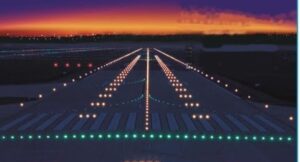
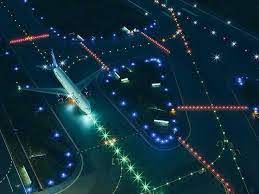

Airport Lighting
Airport lighting plays an important role in safety, aircraft guidance, and flight operations. These lights are designed to guide pilots during takeoff, landing, and maneuvering on airport runways. There are different types of airport lighting, each with a specific function. Here are some of the most common airport lighting lights:
1. Runway Lights
These lights are used to indicate the runway’s landing and takeoff path:
- Runway Edge Lights: They are installed on both sides of the runway and indicate the path. These lights are white and change to red at the end of the runway.
- Runway Centerline Lights: They are located in the center of the runway and are indicated by alternating white or red and white light.
- Runway End Lights: They indicate the end of the runway and are visible in red (for landing pilots) and green (for taking off aircraft).
2. Taxiway Lights
These lights indicate the direction of aircraft on taxiways:
- Taxiway Edge Lights: They are usually blue and indicate the edge of the taxiway.
- Taxiway Centerline Lights: They are green and indicate the center of the taxiway.
3. Precision Approach Lighting Systems (PALS)
These lights are used to guide the pilot to the runway in low visibility conditions:
Approach Lights: A set of white linear lights that guide the pilot to the runway.
PAPI (Precision Approach Path Indicator) Lights: A system of white and red lights that show the pilot the correct angle of approach.
- White: The plane is above the correct course.
- Red: The plane is below the correct course.
4. Obstacle Lights
These lights are used to identify tall obstacles such as control towers, antennas or tall buildings. They are usually red or white and operate in a flashing manner.
5. Stop Bar Lights
These lights are red and are used on taxiways to stop aircraft before entering the runway.
6. Holding Position Lights
These lights indicate holding positions on taxiways so that aircraft can safely wait for clearance to take off.
7. Apron and Ramp Lights
These lights illuminate the ramp and loading areas to provide adequate visibility for airport staff and pilots.
8. Guidance Signs
These lights include illuminated signs that provide information about runways, taxiways, and various areas of the airport.
9. Emergency Lights
These lights are designed for use in emergency situations such as power outages or rescue operations.
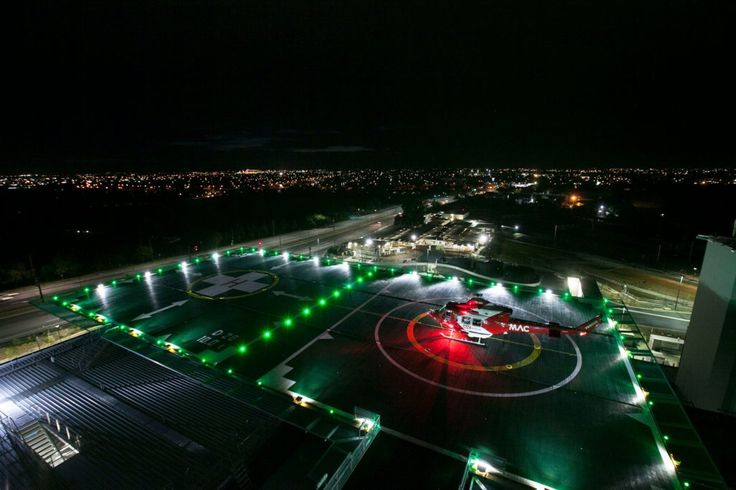
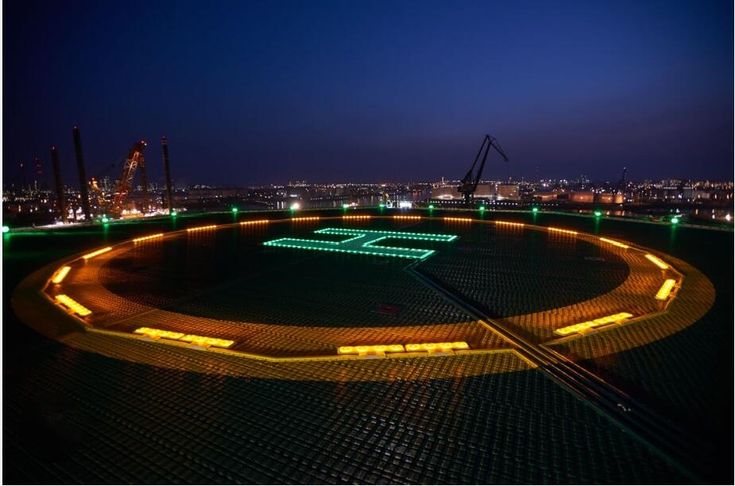

 English
English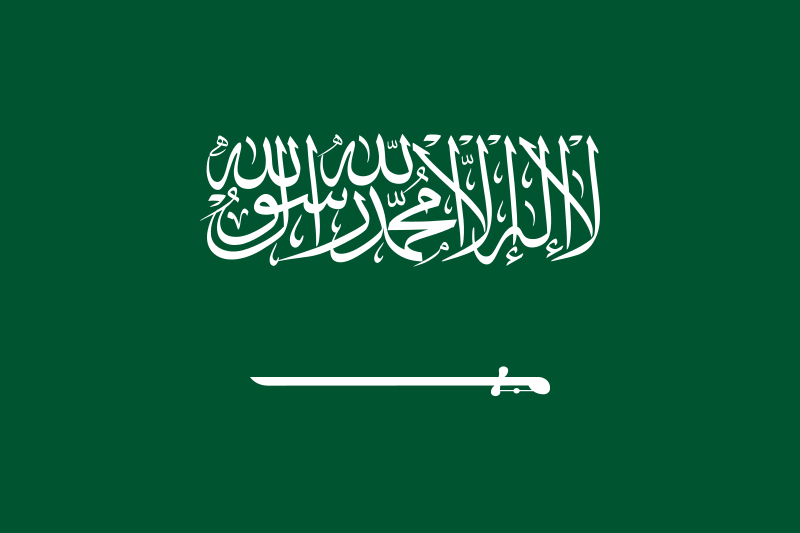 العربية
العربية